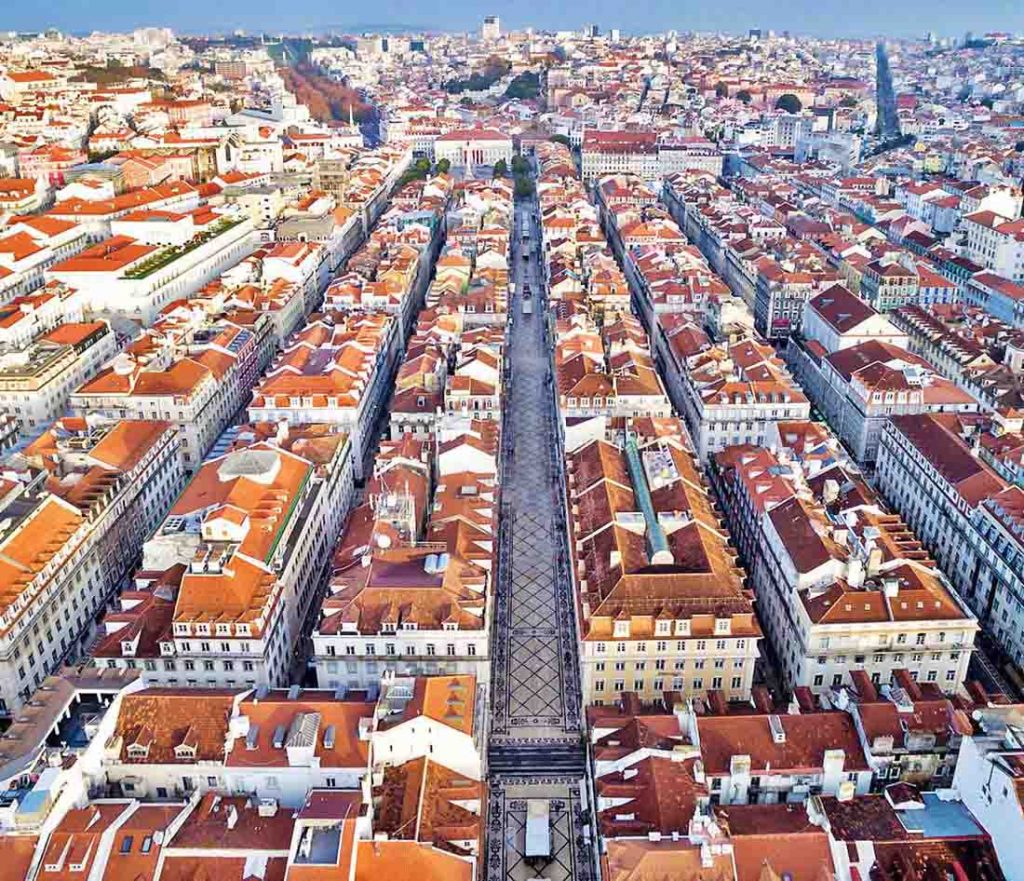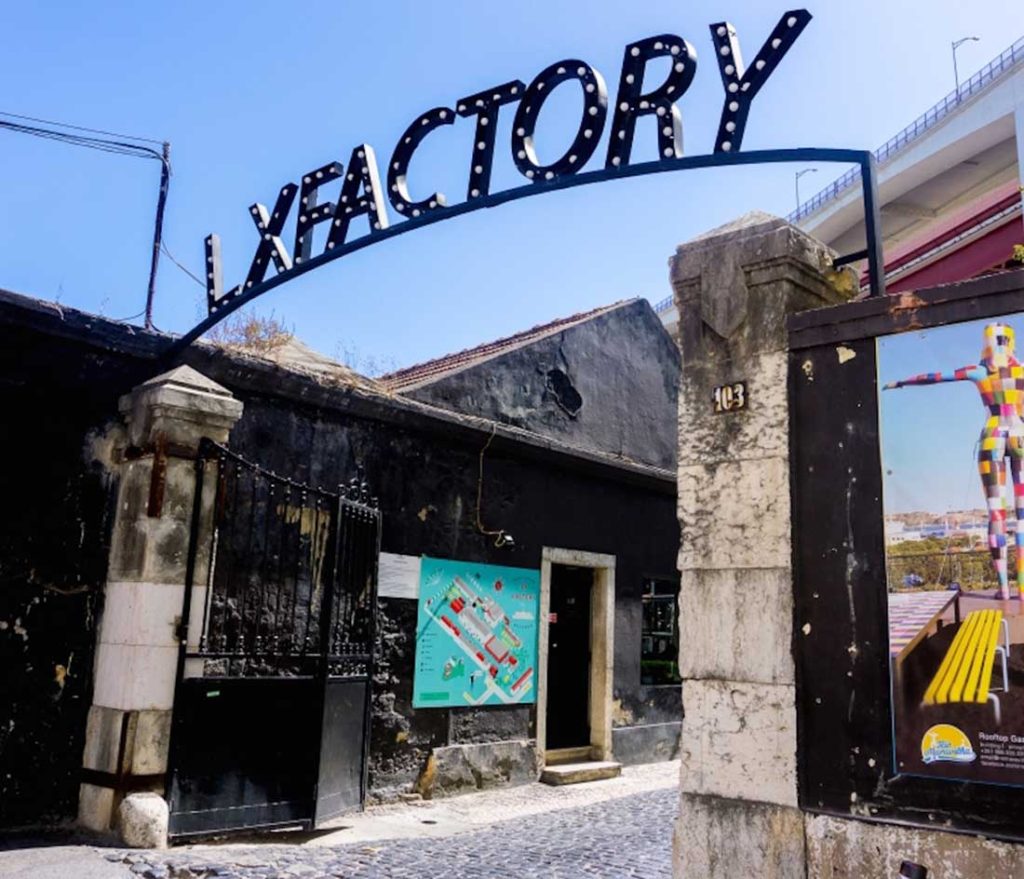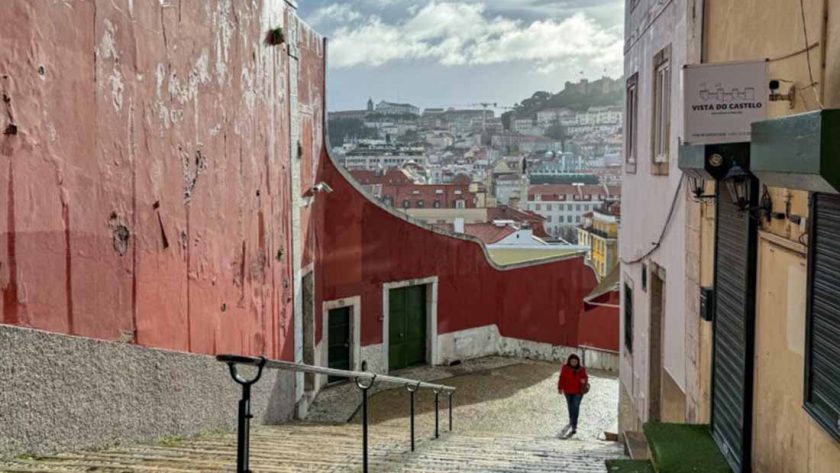Few cities in Europe blend culture and history as seamlessly as Lisbon. Perched along the Tagus River and crowned by sun-washed hills, Portugal’s capital is both ancient and forward-looking, layered with stories that stretch back millennia. Travelers often describe Lisbon as a city that feels like an open-air museum, yet one that remains alive with creativity, music, and vibrant street life. Exploring it is not just about ticking off landmarks—it’s about immersing yourself in a living narrative shaped by exploration, art, resilience, and community.
The First Impressions of Lisbon
Arriving in Lisbon, the first thing you notice is its distinct rhythm. The city is built on seven hills, which means your journey will constantly take you from cobbled streets climbing steep slopes to panoramic terraces that reveal sweeping views over tiled rooftops and the river. Lisbon’s architecture tells its own story: azulejos (blue-and-white ceramic tiles) decorate facades with intricate patterns, while wrought-iron balconies add charm to even the most modest buildings.
Wander through Baixa, the heart of the city rebuilt after the devastating earthquake of 1755, and you’ll immediately feel how Lisbon combines resilience with elegance. The grid-like streets and neoclassical squares here are strikingly different from the labyrinthine alleys of Alfama, the city’s oldest quarter, where Moorish and medieval influences remain alive.

Alfama: Lisbon’s Soul
To experience Lisbon’s cultural essence, there is no better place to start than Alfama. This is the neighborhood where Lisbon’s history breathes through every corner. The narrow, twisting streets were designed long before cars, and the scent of grilled sardines often wafts from small family-run eateries. Here, traditional life continues at its own pace.
Alfama is also the birthplace of fado, Portugal’s soulful musical tradition recognized by UNESCO as Intangible Cultural Heritage. Step into a small tavern after dark, and you might find yourself listening to heartfelt songs performed live—ballads that capture stories of love, longing, and saudade, a Portuguese word for nostalgic yearning. Experiencing fado here is not just entertainment; it’s an intimate glimpse into the spirit of Lisbon.
Belém: Gateway to the Age of Discoveries
Lisbon’s history is inextricably linked with the Age of Discoveries, when Portuguese explorers set sail to chart new worlds. The Belém district is the best place to immerse yourself in this era.
Standing at the river’s edge is the Belém Tower, a 16th-century fortress that once guarded the entrance to the city’s harbor. Its ornate Manueline style, blending Gothic, Moorish, and Renaissance influences, represents Portugal’s golden age of exploration. Nearby, the Monastery of Jerónimos dazzles with its cloisters and stone carvings, celebrating the wealth and cultural exchange that overseas expeditions brought to Portugal.
And of course, Belém is also home to the world-famous Pastéis de Belém, custard tarts whose original recipe remains a closely guarded secret. Tasting one fresh from the oven connects you with a Lisbon tradition beloved for centuries.
Street Culture and Creative Energy
History may dominate Lisbon’s narrative, but culture thrives in modern expressions too. The city has become a hub for creativity, attracting artists and innovators who add fresh layers to its identity.
Street art flourishes across Lisbon, with entire building facades transformed into canvases. Walk through neighborhoods like Bairro Alto or Mouraria and you’ll encounter works by local and international artists that tackle themes ranging from political commentary to playful urban storytelling. The juxtaposition of historic architecture and contemporary murals exemplifies Lisbon’s dual identity: proud of its past but never stuck in it.
Markets also highlight the cultural blend. Mercado da Ribeira, better known as Time Out Market, showcases Lisbon’s evolving culinary scene. Here you’ll find traditional Portuguese dishes alongside modern fusions crafted by innovative chefs. It’s a perfect place to taste the evolution of Lisbon’s gastronomy while mingling with locals and fellow travelers.
Iconic Transport and Everyday Charm
One of the most iconic cultural experiences in Lisbon is riding the trams. The yellow Tram 28, in particular, has become legendary. Its route winds through historic neighborhoods, climbing hills and squeezing through narrow lanes where you can almost reach out and touch the buildings. Though often crowded, the tram embodies Lisbon’s charm and serves as a moving window into the city’s life.
Meanwhile, the city’s miradouros (viewpoints) are cultural landmarks in themselves. Locals gather at these terraces to enjoy sunsets, music, and conversation. Whether it’s the sweeping view from Miradouro da Senhora do Monte or the romantic ambiance of Santa Catarina, these spots remind visitors that Lisbon’s culture is as much about community as it is about monuments.
Museums and Cultural Institutions
Lisbon’s museums further enrich the dialogue between culture and history. The National Azulejo Museum tells the story of Portugal’s ceramic tile tradition, from its Moorish origins to its evolution into one of the country’s most recognizable art forms. Meanwhile, the Calouste Gulbenkian Museum houses an extraordinary collection of European and Oriental art, offering a quieter, more reflective experience.
For those interested in maritime history, the Maritime Museum in Belém provides a fascinating look at Portugal’s naval legacy, complete with models of ships and artifacts from the golden age of exploration. These institutions ensure that Lisbon’s cultural wealth remains preserved and accessible.
Festivals and Living Traditions
Lisbon is a city that loves to celebrate. Throughout the year, festivals fill the streets with music, color, and dance. Among the most iconic is the Festas de Lisboa, a month-long celebration honoring Saint Anthony, the city’s patron saint. The festivities include parades, decorations, and plenty of grilled sardines—showing how history, religion, and community traditions intertwine.
Equally vibrant are contemporary festivals celebrating film, music, and design, which demonstrate how Lisbon’s cultural scene is evolving. These events attract global visitors, while also nurturing the city’s local talent.
Exploring Beyond the Center
To fully understand Lisbon’s cultural and historical depth, venture beyond the main districts. In Mouraria, one of the city’s oldest multicultural quarters, you’ll find an authentic blend of influences from Africa, Asia, and beyond. This neighborhood not only preserves traditional Lisbon but also reflects the city’s identity as a global crossroads.
Another gem is LX Factory, a former industrial complex now transformed into a creative hub filled with shops, cafés, art studios, and bookshops. Walking through its graffiti-covered walls and trendy spaces feels like stepping into the pulse of Lisbon’s modern identity, a counterpoint to its centuries-old streets.

The Human Connection
What ultimately makes Lisbon unforgettable is not just its monuments or museums but its people. Lisbonites are known for their warmth and hospitality, often eager to share stories, recommend hidden gems, or invite you into a conversation over a glass of vinho verde. This human connection deepens the traveler’s experience, turning visits into relationships and memories into lifelong impressions.
Lisbon’s magic lies in its ability to bridge past and present. You can stand at a viewpoint where sailors once gazed at the horizon, then walk a few blocks to admire modern art installations. You can listen to fado in a centuries-old tavern, then end the night in a rooftop bar overlooking the illuminated city. Every corner offers both echoes of history and signs of renewal.
Travelers who embrace this duality—who allow themselves to experience both the weight of history and the lightness of modern culture—find Lisbon especially rewarding. It is not a city to be rushed but one to be savored, step by step, melody by melody, flavor by flavor.
Lisbon is more than a destination; it is a dialogue between centuries, cultures, and traditions. Its streets whisper of explorers, sailors, and poets who once shaped the world, while its cafés hum with the voices of artists, students, and dreamers who are shaping the future. This unique balance gives the city an energy that is both reflective and forward-looking. Walking through Lisbon, you don’t just observe history—you step into it. Every azulejo-tiled wall, every tram rattling up a steep hill, and every soulful note of fado music feels like part of a narrative that continues to be written.
What makes Lisbon exceptional is the way its heritage is not locked away in museums but lived daily. A local family grilling sardines on a street corner, musicians performing in small taverns, or residents gathering at sunset on a miradouro are all examples of traditions seamlessly woven into everyday life. Culture here is not something to consume passively—it invites you to participate, to listen, to taste, and to connect.
For those seeking a destination where history is alive and culture is shared openly, Lisbon offers an experience like no other. It is a city that rewards curiosity, encouraging you to lose yourself in winding alleyways, pause in leafy plazas, or simply sit with a coffee and watch the rhythm of life unfold around you.
In Lisbon, the past and the present are partners in a dance that continues to evolve, each step adding new depth to the city’s identity. By the time you leave, you carry more than photographs of landmarks—you carry the warmth of human connection, the echoes of timeless music, and the feeling of having been part of a story still unfolding, one that will draw you back again and again.



